It’s a sunny day in Brisbane, Australia. Dog-walkers stroll along riverside footpaths, coffees in hand. Happy families spread picnic blankets on the grass. And then, a scream.
On the other side of the park, I see a toddler careening across the grass at full speed, clutching a sandwich wrapper in her tiny fist and wailing in terror. An ibis gives chase, wings flapping and bill lunging. A parent dashes forward, scooping up the child and lashing out at the bird with a kick. The parent turns back, only to realize that another bird is rummaging through their picnic.
Did an ibis really just steal that person’s lunch?
As a Floridian, I was used to small gangs of American white ibis foraging on lakeshores or through lush suburban lawns, or the occasional glossy ibis wading across a native wetland. But the Australian white ibis is a different bird entirely.
This large, bald-headed bird has taken on the ecological role of a pigeon, rifling through trash bins and skulking around city parks. They’re ubiquitous, unperturbed by human presence, and a bit unpredictable.
I love them. For an American whose template of “city” birds included pigeons and house sparrows, seeing an ibis strut beneath skyscrapers and menace city workers for a french fry is about as Australian as it gets. Feral, in a charming way.
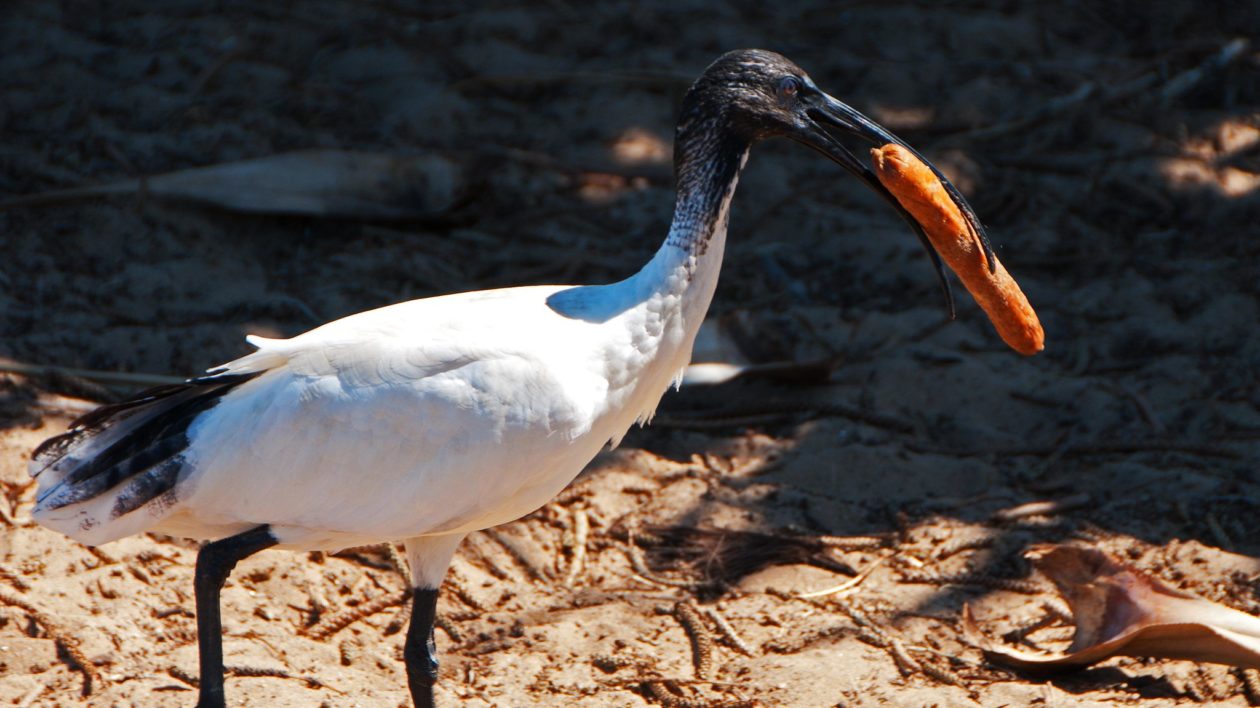
Meanwhile, Australians absolutely despise ibis. They call them “bin chickens” — as in garbage bin — and publish tongue-in-cheek Planet Earth mockumentaries and expletive-laden parody songs about them on YouTube.
As an American abroad, I don’t have the associated cultural baggage that dictates automatic blind hatred of the ibis. Yet put me on a riverside footpath in New England, and I’ll glare at the gaggle of incessantly pooping geese and mutter “trash bird” under my breath.
Gulls. House sparrows. Starlings. Rock pigeons. Canada geese. Mallards. While what’s considered a trash bird varies by location, the sentiment is the same. This bird is worthless.
After witnessing yet another melodramatic incident of picnic terror, I started to wonder: Why exactly do we hate trash birds so much?

To summarize decades of neuroscience research into a single sentence: the human brain is hard-wired to like novelty. Our brain’s reward centers light up with pleasure when we encounter new stimuli, and that fixation affects how we interact with nature.
Taxonomic bias is a well-recognized phenomenon in conservation, science, and environmental policy. A small group of species commands a disproportionately large chunk of scientific attention, conservation funding, and public interest. Often these species are the charismatic megafauna — think rhinos and tigers and pandas — who are a combination of rare, endangered, beautiful, cute, impressive in some way, or dangerous.
When scientists collate lists of the world’s most charismatic animals based on those criteria, bird species of any kind aren’t usually on the list. But the same bias can play out within any taxonomic group. It’s the reason most people have heard about toucans and peacocks, but not Hartlaub’s gulls or Euler’s flycatchers. It’s why listers long for the species they have not seen.
And it’s why endangered species captivate our attention, while the ubiquitous pigeon is a trash bird.

The tendency to dismiss trash birds is stronger in some types of birders than others.
Backyard birders have an encyclopedic knowledge of their local area, be it a backyard or local park. They know exactly when the migrating warblers will arrive, or where the local barred owl likes to roost. They appreciate all species equally, but they’re often uninterested in species outside of their local area. (I’ll never forget the moment when an acquaintance of mine from Colorado — a passionate birder and local naturalist — shrugged with boredom when I described seeing my first bird-of-paradise in Papua New Guinea.)
Twitchers are at the other end of the spectrum. They could care less about the cardinals nesting in your backyard, but they’ll spend hours regaling armchair ticks from the latest eBird taxonomy update, or the status of their various life lists, or the trip to Tanzania where they racked up 200+ new species in a week.
There are various subspecies — the feeding enthusiasts, the photography nerds, the listers, taxonomy geeks, and patch loyalists — to name a few.
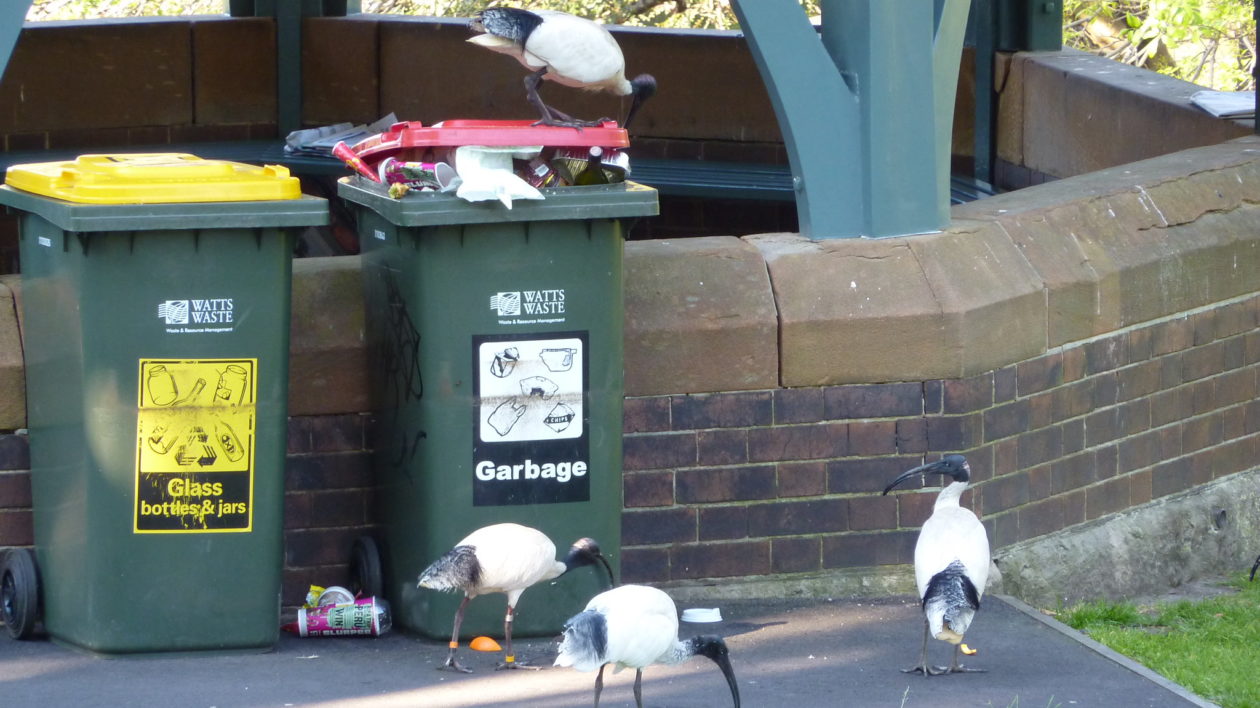
I’d argue that both extremes end up poorer for their myopia.
Focus too much on your own backyard, and you miss the staggering diversity of the bird world. With 10,000 species on earth, the bird world is a never-ending smorgasbord of avian wonder. To share this planet with them — emu and Andean cock-of-the-rock, hornbills and great blue herons, ant pittas and king parrots — is a gift.
And yet species should be more than just a tick on a list. There is a deeply rewarding value to local knowledge, to learning the intimacies of the birdlife around you. Learning about bird biology and behavior makes you a better birder. There is no such thing as a trash bird.
Every birder falls somewhere along this spectrum, depending upon their motivation for birding and other factors, like financial security or concern about their carbon footprint.
I’d like to pretend that I sit firmly in the middle. I pride myself on understanding the intricacies of my local ecology, but I’ll also co-opt vacation itineraries to find new species and compulsively buy field guides for far-off countries, marveling over the existence of secretary birds and aracaris.
In reality, I probably lean more towards the twitcher end of the spectrum. Recognizing the calls of my neighborhood dawn chorus provides me a sense of belonging and deep comfort. It’s how I feel at home. But seeing a bin chicken for the millionth time just doesn’t deliver the same dopamine hit as a cassowary.
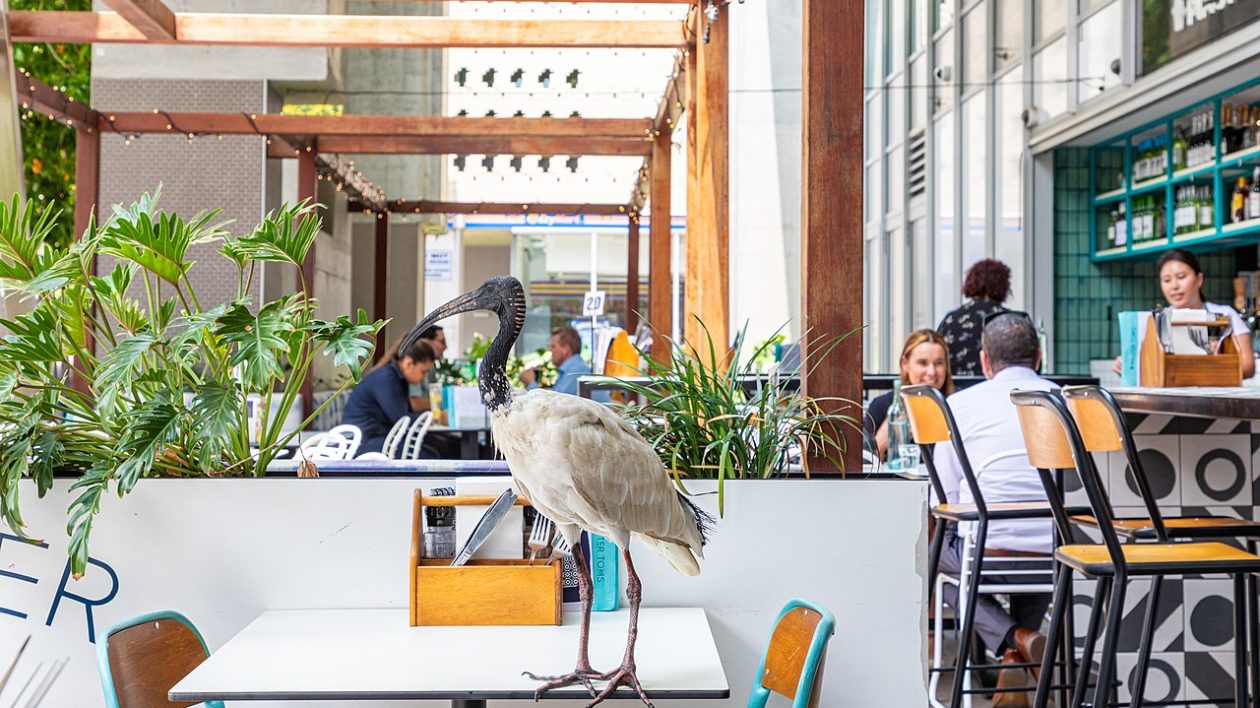
Our positions on the birding continuum aren’t fixed, and I’m starting to change. Thanks to Australia’s closed-border policy during the pandemic, I’ve been grounded in the same country — and the same state — for 2 years. And as crazy as it sounds, many a moment of pandemic homesickness has been soothed by the sight of an ibis ferreting through a public trash can. Majestic they are not, but they remind me of home.
Which is why I’m heartened to see that some Aussies are rehabilitating the bin chicken’s bad reputation, from literal trash bird to national icon. If you wander to the trendy, hipster-ish parts of Brisbane, you can find ibis street art, ibis t-shirts with religious parodies, and even crafty resin earrings — an ibis dangling from one ear, a garbage bin from the other.
The bin chicken might be a perfect avian symbol for Australia: a bit rough around the edges, yet lovable all the same. A true Aussie larrikin.
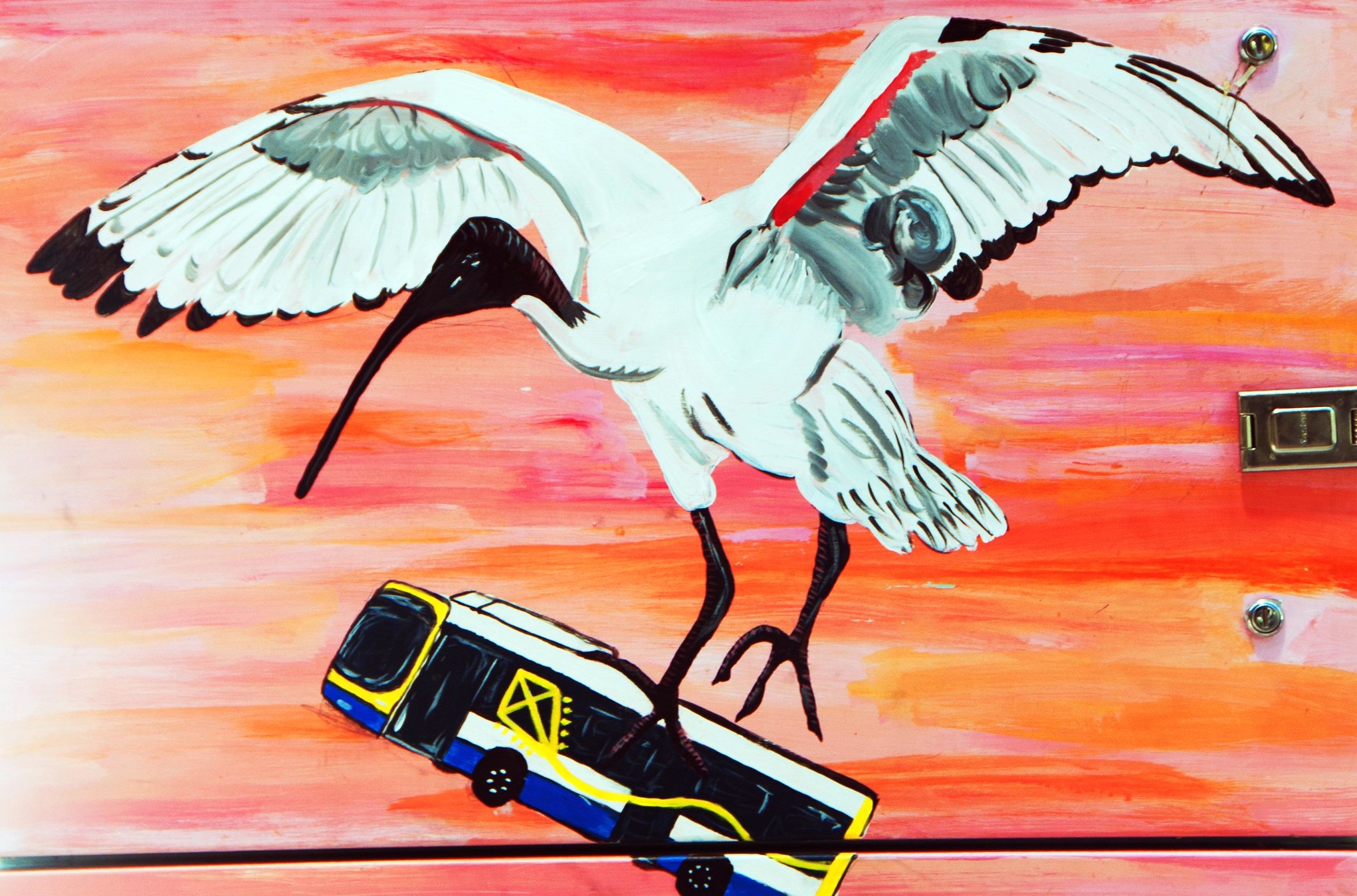
And to the Americans reading this, we’re not off the hook. We’re just as guilty of undervaluing our local wildlife. Whenever my accent gives me away as a foreigner, Australians often regale me with tales of their travels in my homeland: New York City! Las Vegas! The Grand Canyon! And squirrels.
I can think of at least seven occasions where an Australian gushed with wonder about the first time they saw a squirrel. Are they really everywhere? Do they bite? Why do they do that thing with their tails?
Australians might giggle at tourists fawning over a kangaroo, but they’re amazed by squirrels.
It’s hilarious, and telling. We’re all guilty of dismissing the wildlife we see most often, focusing too much on the new. Squirrels are just as interesting as kangaroos, we’re just used to them. Bin chickens — and other trash birds — are just as worthy of studied observation, even when they’re rooting through garbage and terrorizing picnickers.
One woman’s trash bird (or squirrel) is another’s treasure.
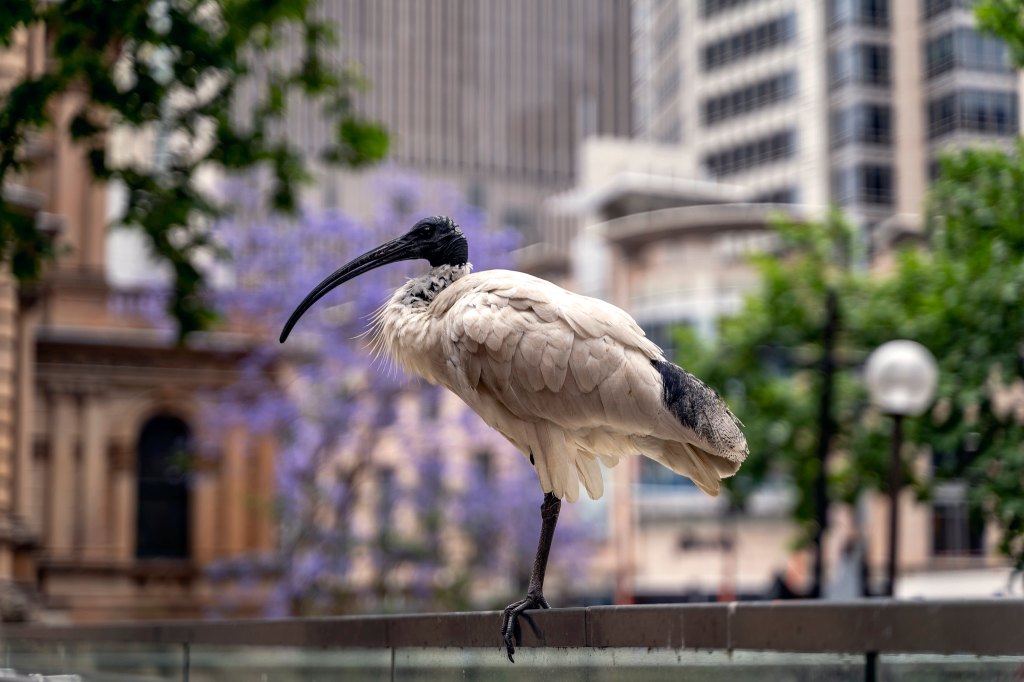
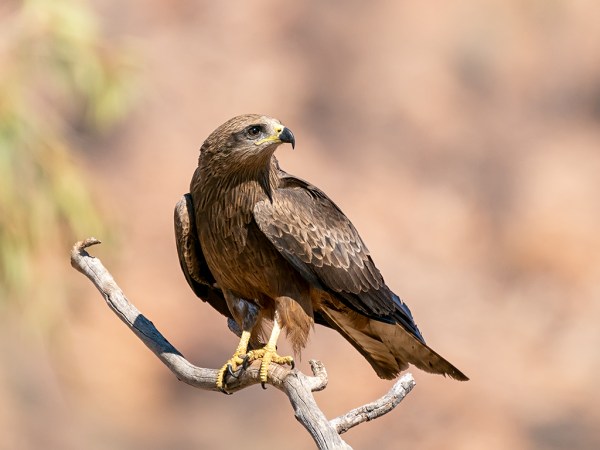
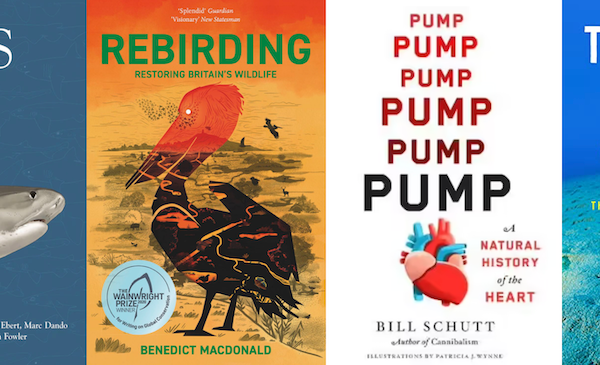

Perhaps we hate them because they are pests? Many of them are like rats with wings, and most people really don’t like rats. I did find the squirrel thing pretty funny. It brings back recollections of exchange students huddled together around local squirrels that were bumming food. The riveted students recorded the whole thing with their phones to send off to friends back home. It actually causes a pretty irritating behavior, the darn things never leave you alone because of that.
I would argue we see some birds as “pests” only because they are abundant. When Canada geese numbers were greatly diminished, poets and nature writers celebrated their call. Now, that numbers have rebounded and they feed on golf courses, we perceive them as pests. We lament the passing of the passenger pigeon, but I’m convinced if they still flew in their massive flocks, we would not recognize it as an awesome spectacle, but rather decry them as dirty pests.
Thanks for writing.
Matt Miller
Cool Green Science
Thanks for this delightful discussion reminding us to pause and appreciate what is normal or expected – a lack of rarity does not need to decrease the awe and appreciation we can have for the common!